Katarina Vallero

In 1996, the Museum of Art and Design in San José, Costa Rica curated MESÓTICA II Centroamérica re-generación, which featured both emerging and well-established artists from Central America. The artworks in the exhibition were selected as a survey and investigation into the sentiments of regional artists in consideration of the earlier civil war era in Central America that lasted from the 1970s to the 1990s. A majority of the research for this project focuses on analyzing the archives from the exhibition and understanding the role of curatorial practice in the […]
Jordan Serrano-Guedea
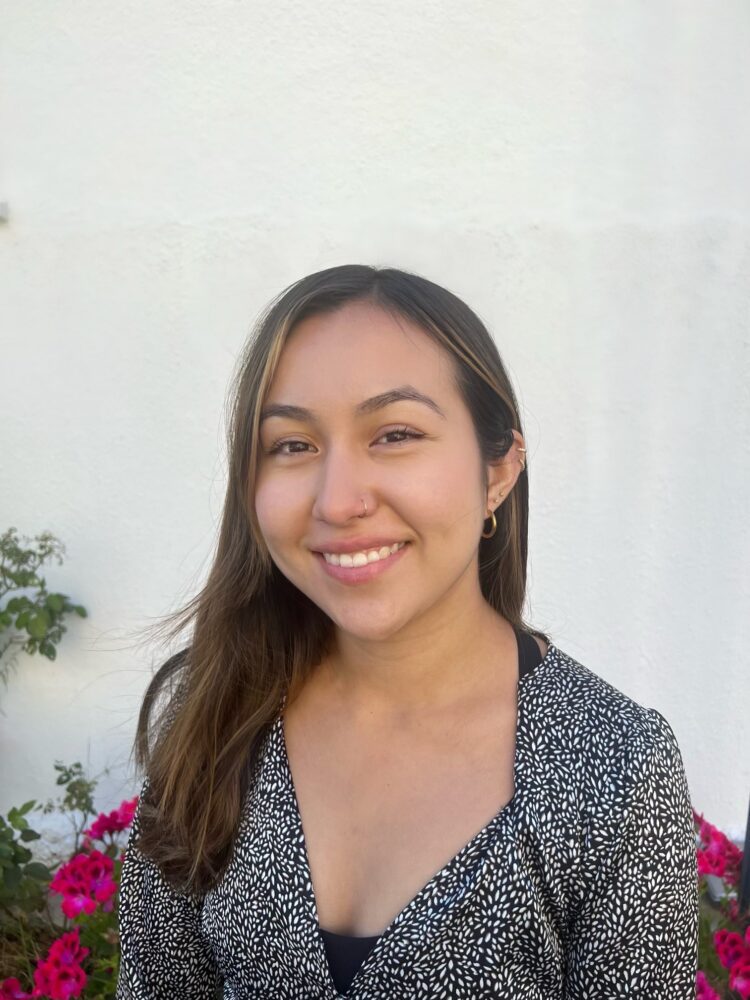
First-generation college students (FGCS) experience many unique familial, cultural, social, and academic challenges as the first in the family to pursue a four-year degree. Previous research has found that these extra stressors may place FGCS at higher risk for mental health problems, lower retention rates, and lower graduation rates (House and Kolb, 2020). Yet, findings in the literature on the impacts of first-generation status on FGCS mental health are mixed, and no systematic review exists on this topic to reconcile the varied findings. This summer, I will expand upon this […]
Tiger Schenkman
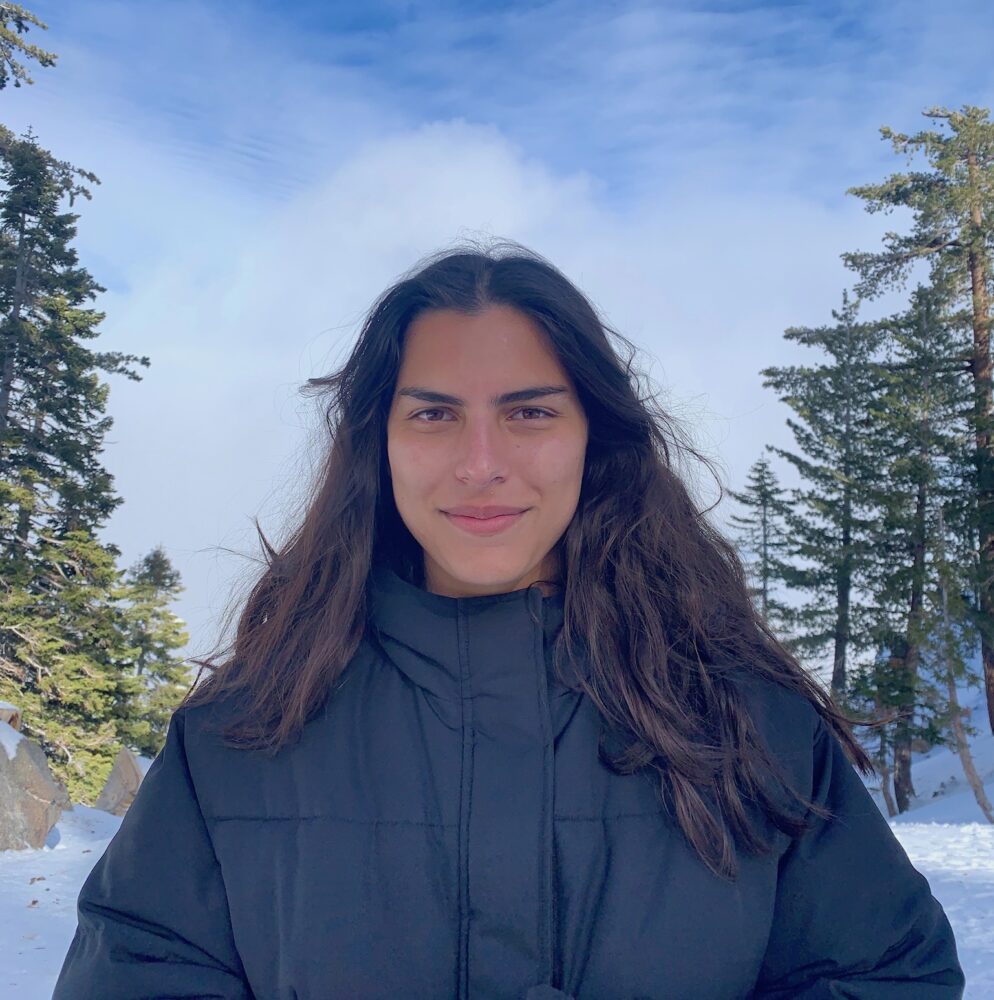
What can be said of love created under duress and continued into freedom? This question will guide my research into interracial couples who began seeing each other under slavery and continued through Abolition in Louisiana. My research will straddle the two periods immediately preceding and following Abolition, in order to pinpoint couples who weathered unsteady sociocultural and legal realities out of a commitment to their love. This project will therefore fill a lacuna of ambiguity in the study of interracial love during slavery; rather than focusing on legal history, I […]
Sydney Roberts

This summer, my mentor, Caleb Dawson, and I will explore what Black students and staff members at UC Berkeley hope to gain from their pursuit of higher education or career in higher education. Over the course of eight weeks, I’ll be interviewing various students and faculty members to develop an understanding of what a quality education means to them. We’ll be exploring why Black students come to Cal and assume the responsibility of improving the student experience for other Black students. Additionally, well inquire if they would recommend Cal to […]
Tiffany Tian

Up to half of Wilsons disease patients suffer from sleep disorders, including poor sleep quality, REM behavioral disorders (RBD), and cataplexy. However, the neural basis of these symptoms is poorly understood. My project this summer is to determine whether the ATP7B-/- knockout mouse is a good model system for studying the sleep disorders manifested in Wilsons disease, especially in the context of neural pathways involving copper homeostasis. Using automated sleep scoring methods, we will quantify sleep signatures in ATP7B-/- knockout and wildtype control mice. The brain copper changes in recorded […]
Katrina White
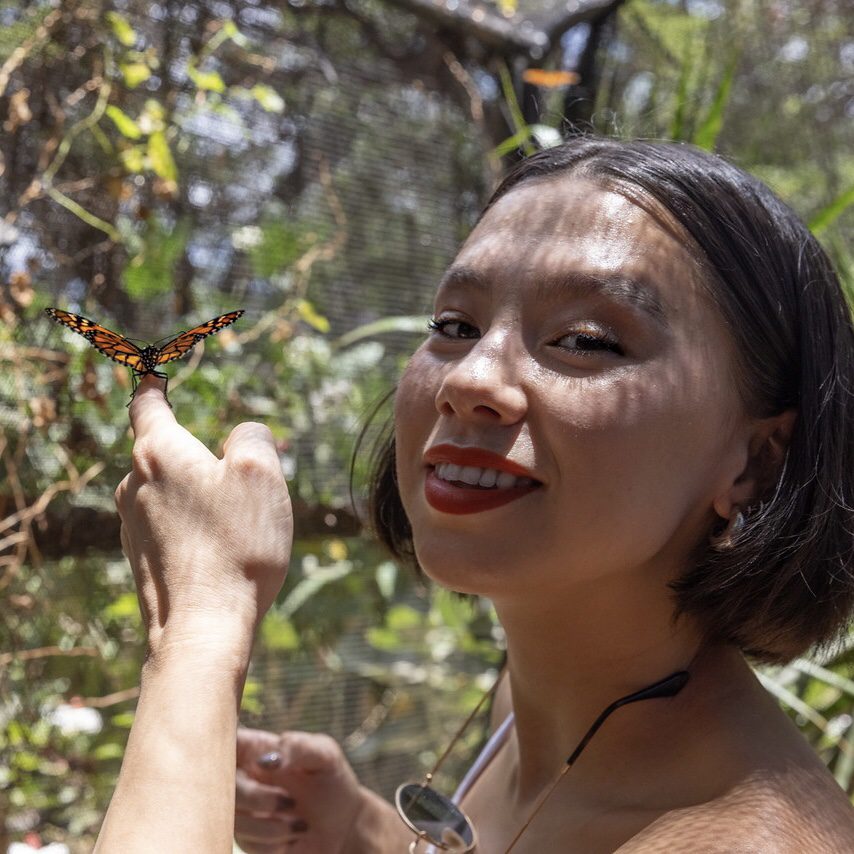
Psychedelics have been used medicinally for thousands of years by Native Americans, but research into their clinical effects and mechanisms was prematurely halted in the 1960s. Exploration of the effects of psychedelics is long overdue. Recent studies have found that single doses of psychedelics can have positive, long-lasting effects, but very few studies examine psychedelic effects on behavior. My project aims to discover how psychedelics influence associative learning behavior. Associative learning involves learning the association between a cue and an outcome. I hypothesize that mice treated with psychedelics will […]
Tania Sodhi
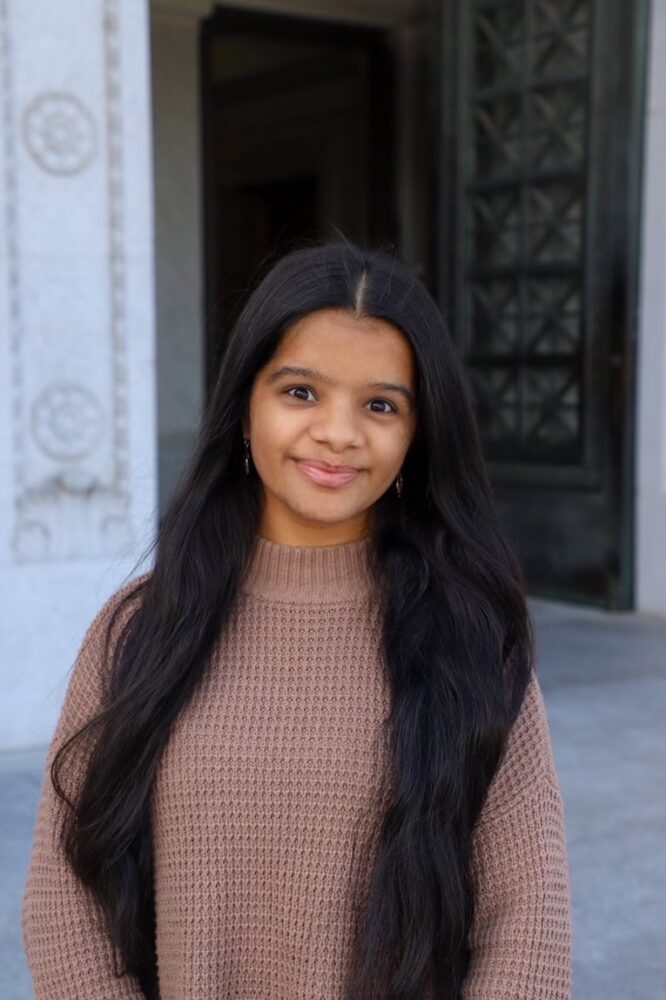
The spotted fever group Rickettsiae (SFGR) are a collective group of Gram-negative obligate pathogens from Rickettesia spp. Most bacteria in the SFGR use two effectors to mediate actin-based motility (ABM). This is in contrast to other intracellular pathogens, which utilize only a single effector for ABM. The goal of my research project is to understand how Rickettsia parkeri, a member of the SFGR family, regulates the expression of two effectors that mediate ABM: RickA and Sca2. While both effectors are involved in mediating ABM, the regulation for both effectors and […]
Emilie Tu
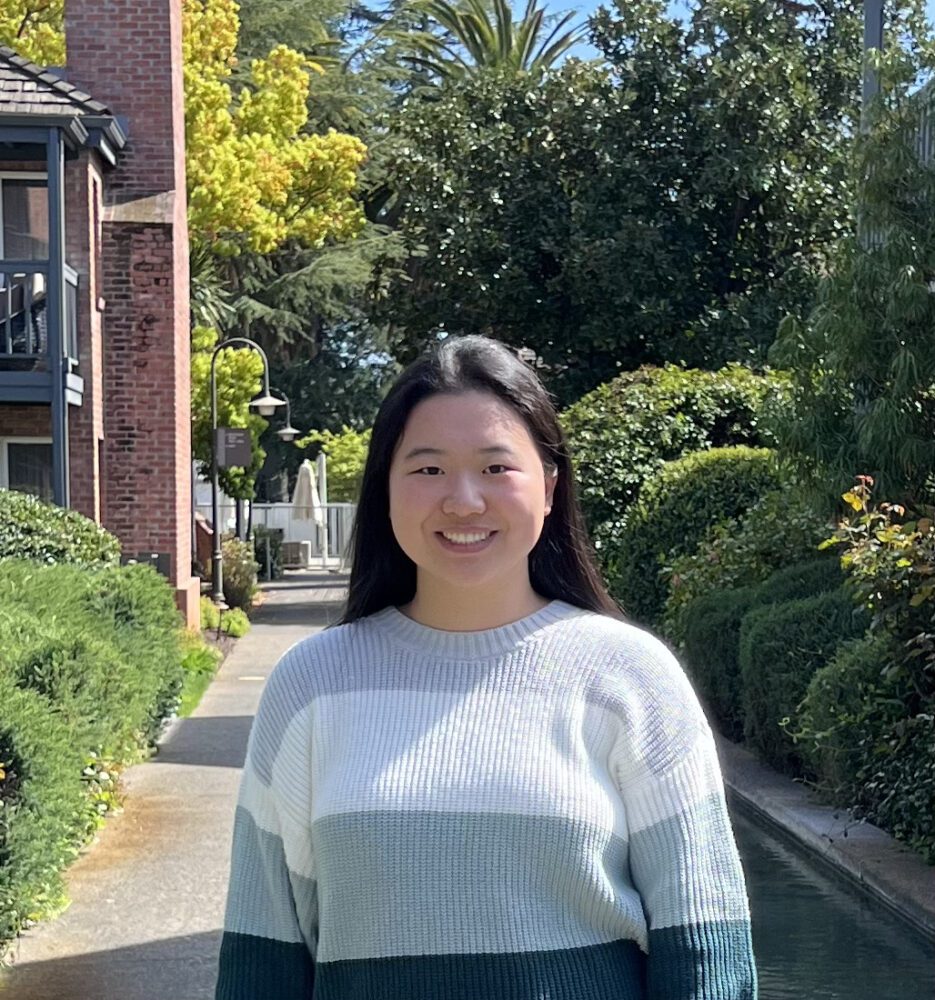
Contactin-associated protein-like 2 (CNTNAP2) mutations are strongly associated with autism spectrum disorder, which presents with repetitive behaviors. Research has shown that mice lacking CNTNAP2 exhibit decreased numbers of GABAergic interneurons throughout the brain, and that the number and function of these interneurons in the striatum are associated with the presentation of repetitive behaviors. Recent work has shown that enriched environment rearing restores GABAergic interneuron numbers in the striatum and rescues behavioral deficits in rodent models of neuropsychiatric disorders. I will be looking at how different rearing conditions affect striatal gene […]
Tannya Tang
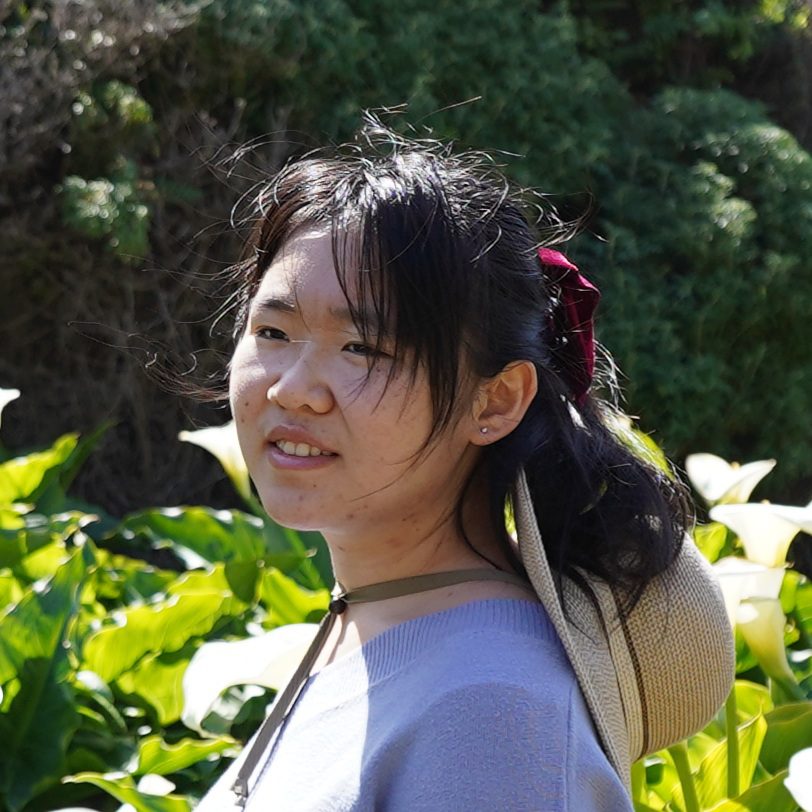
In arthropods and vertebrates, Hox genes determine how an organism develops along the axis running from its head to its tail. Little is known of Hox function outside of these standard animal models, but studies in annelids (segmented worms) suggest that Hox genes not only play a conserved role in embryonic patterning, but are also deployed in ways specific to annelids. For example, hox3 is expressed around the posterior growth zone (PGZ), from which all new segments arise. I hypothesize that hox3 is a stem cell marker in annelids that […]
Elizabeth Vergara
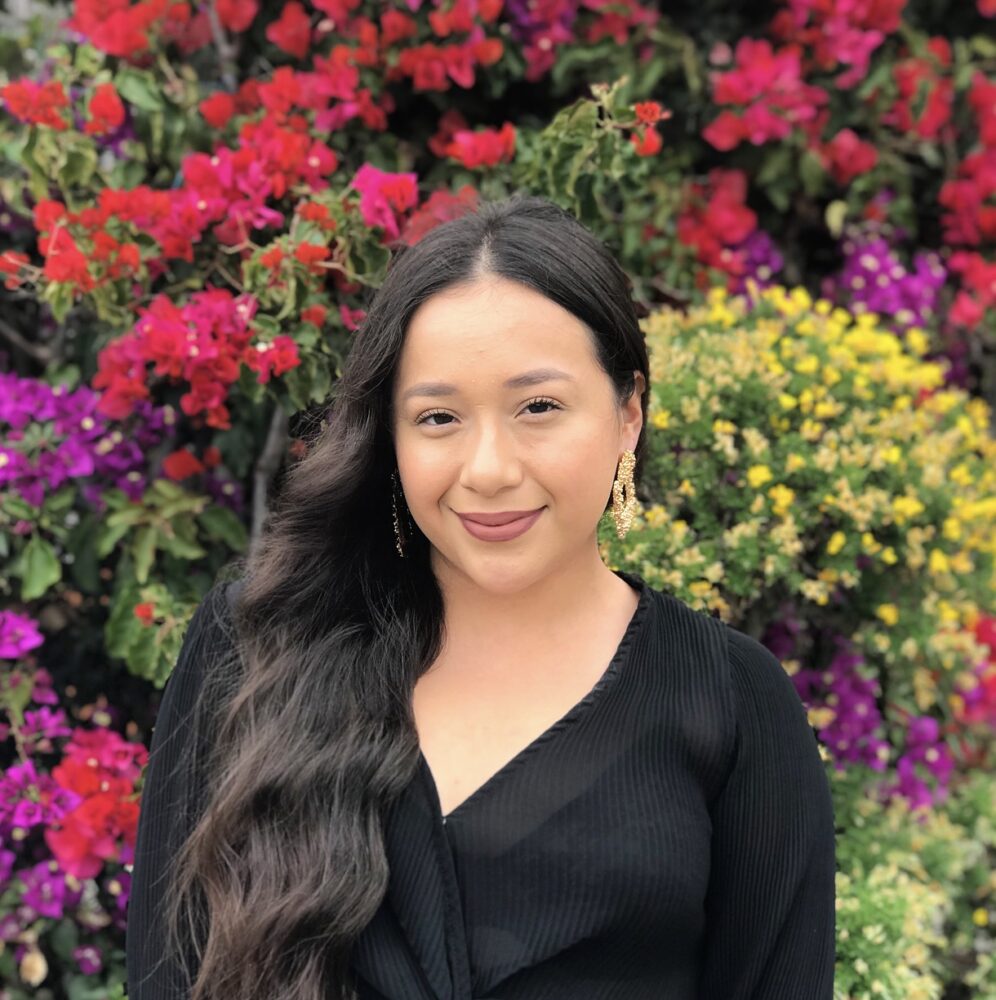
This project interrogates narratology’s semiotic scope by decolonizing the various theories from a colonial perspective and exploring historical and cultural dynamics in Chicanx narratives. Through a close reading of Ana Castillo’s memoir Black Dove, I will contribute to existing literature concerning Chicanx narratives and Mexican ballads by deconstructing narrative theory and introducing a historically and culturally relevant perspective that offers an informed understanding of time and place into an analysis of how Chicanx narratives may work out the dynamics of Chicanx identity. I will conduct a comparative analysis of Castillo’s […]